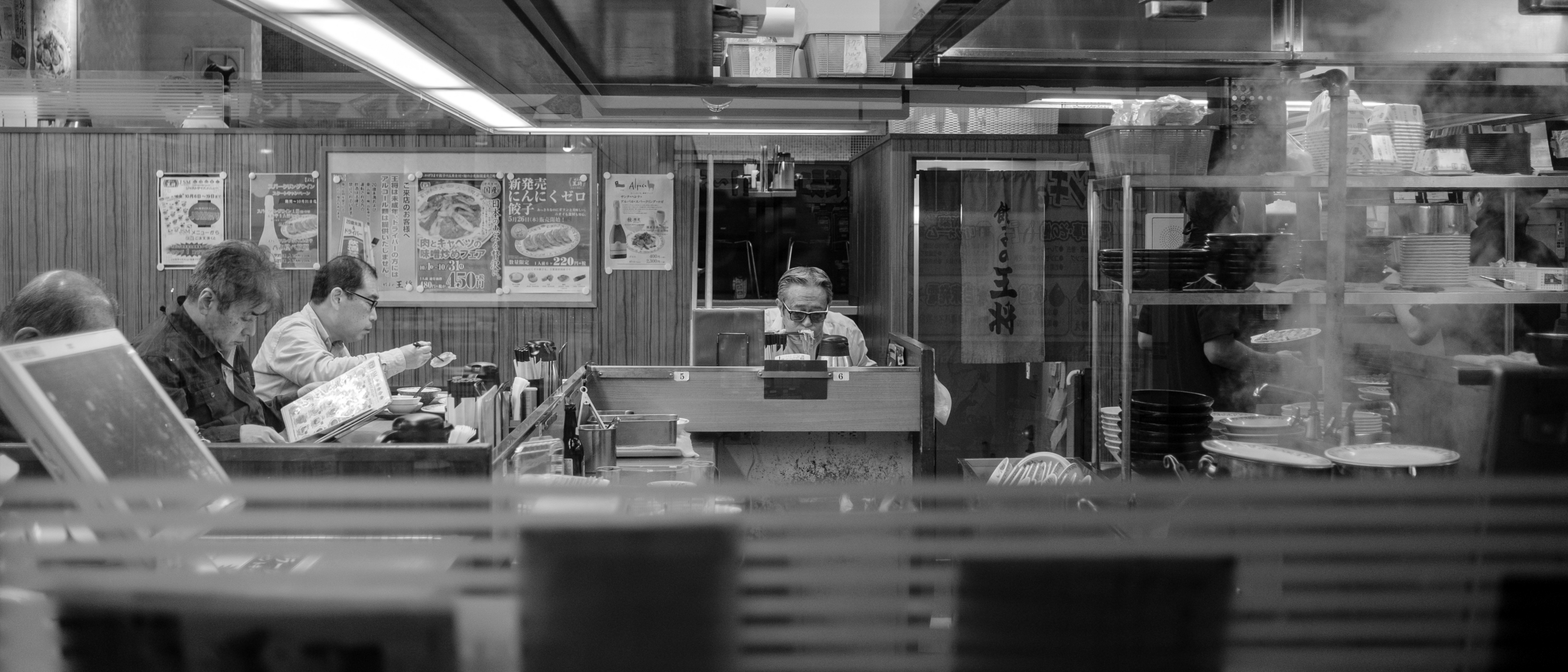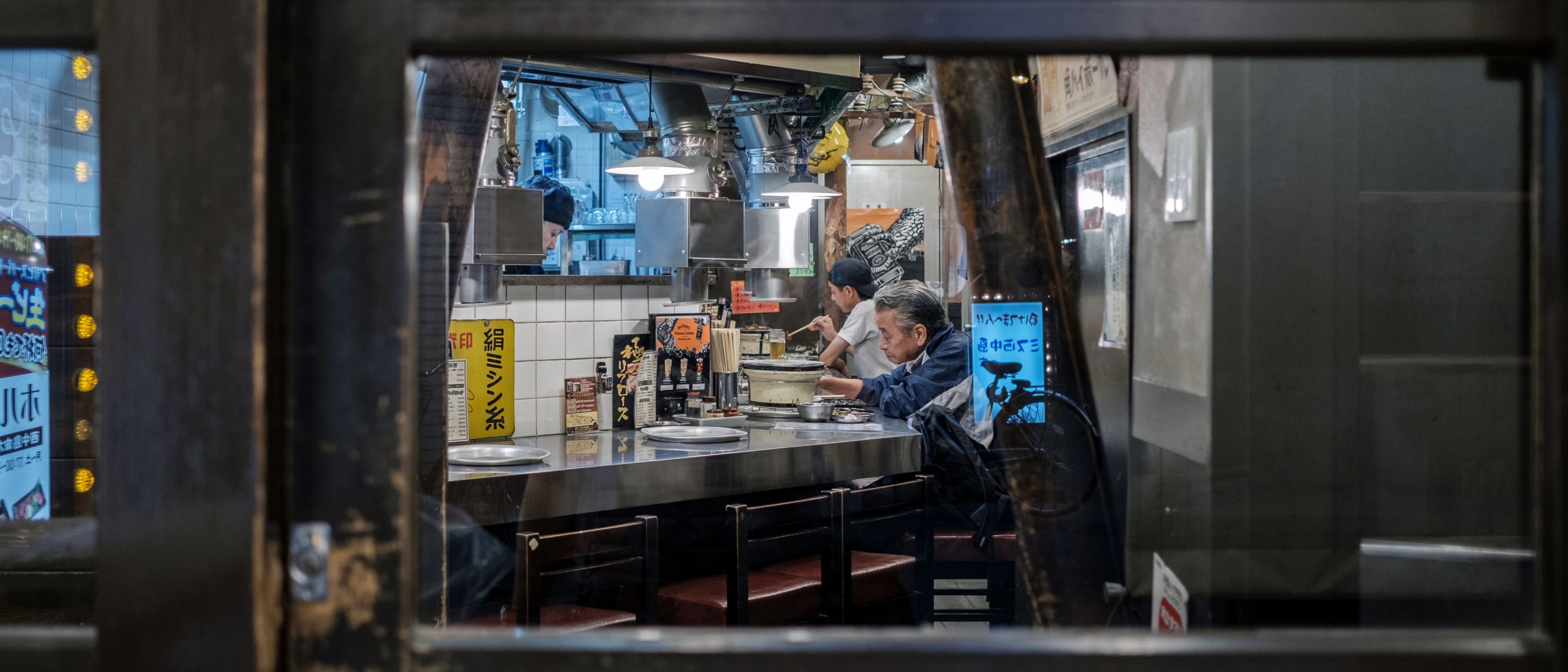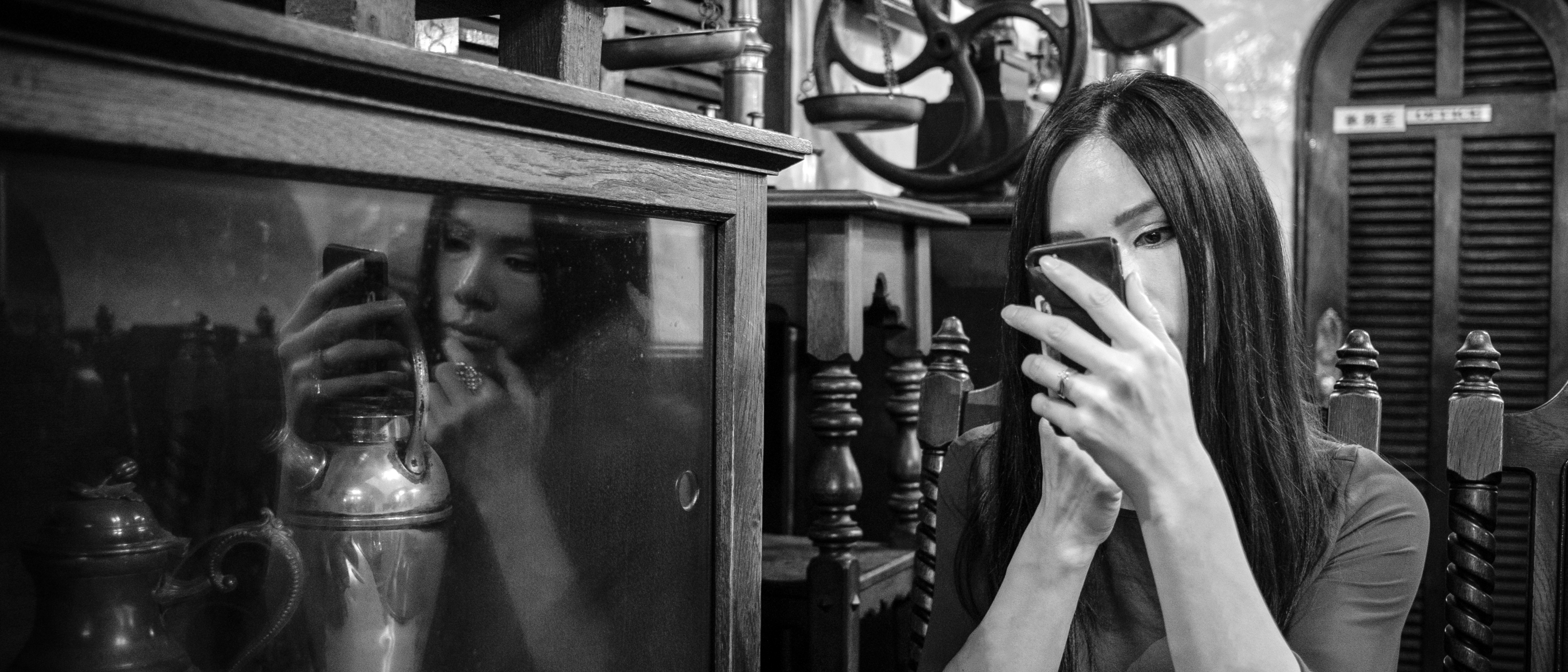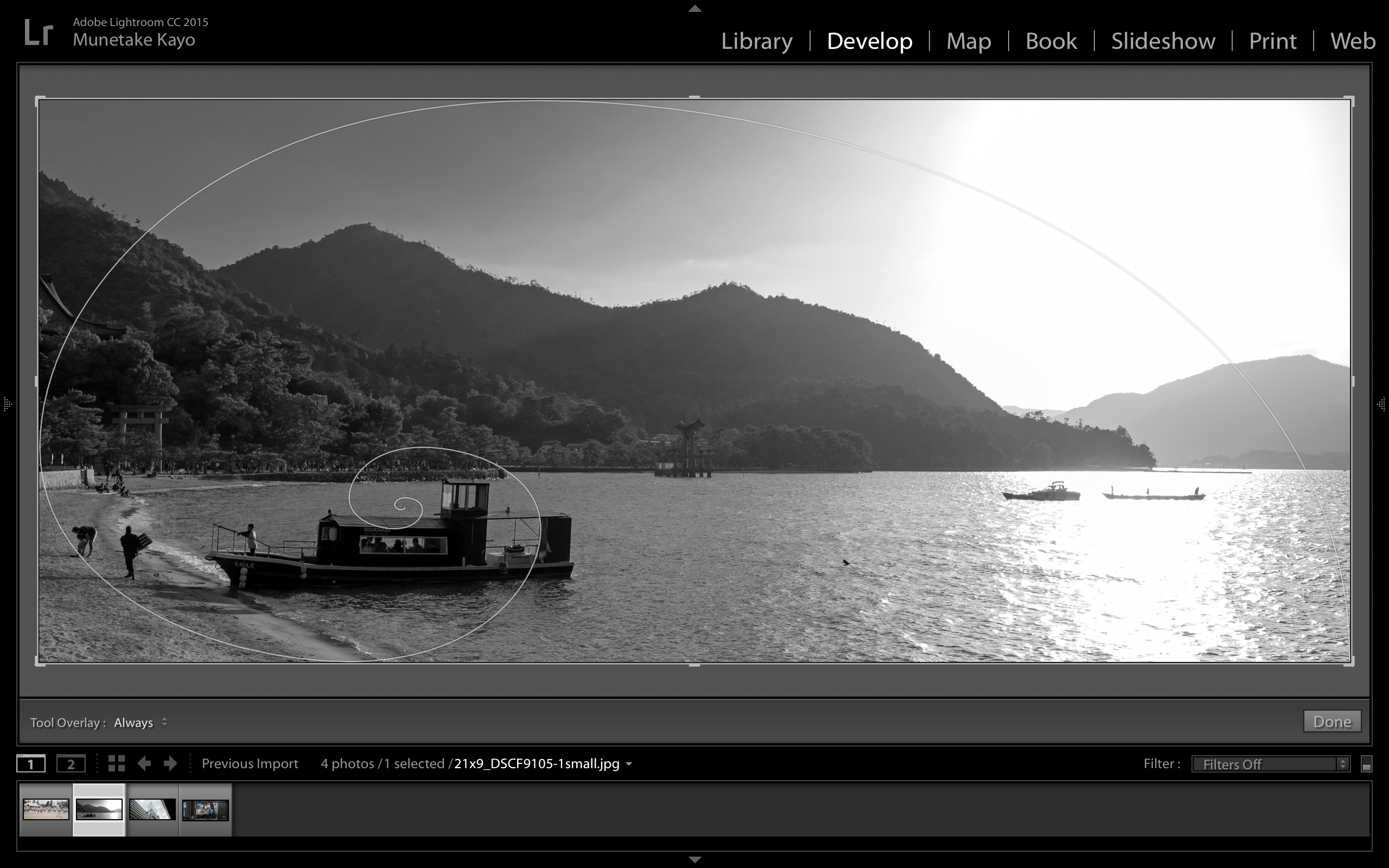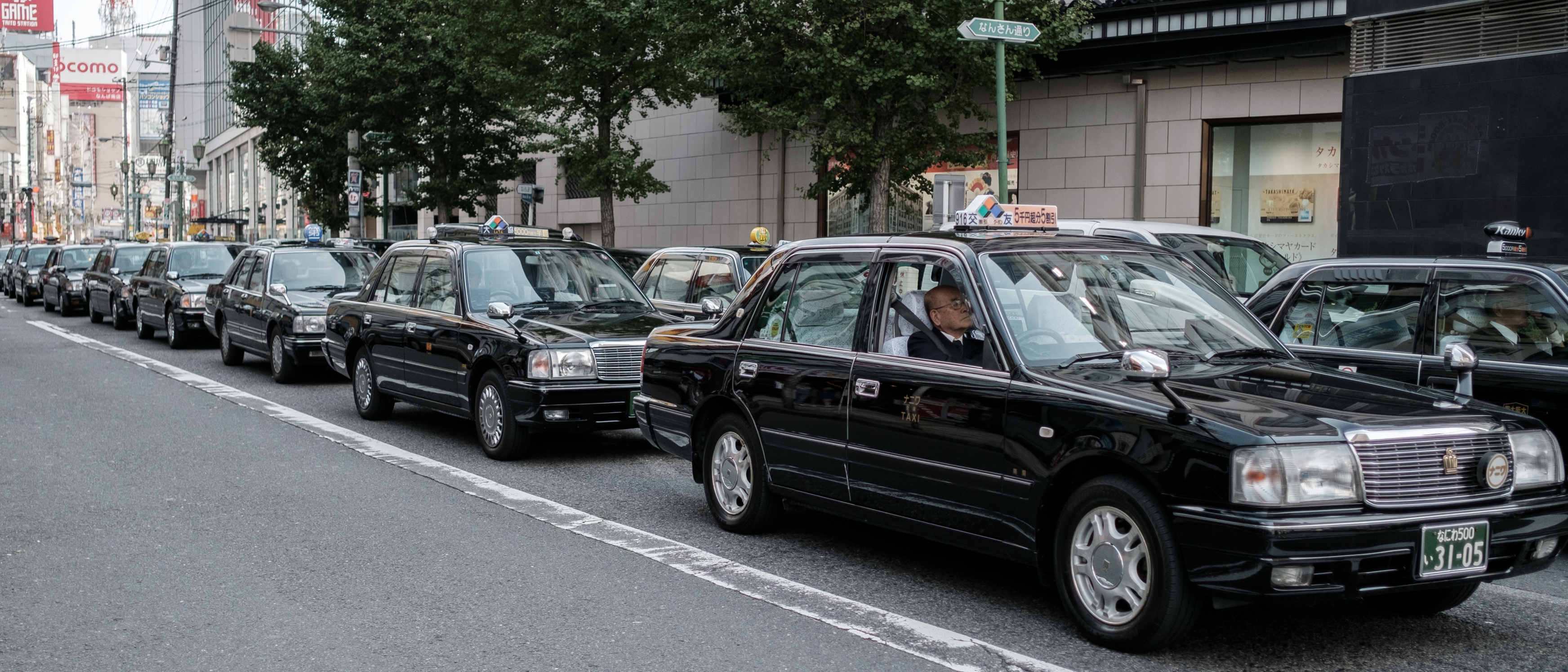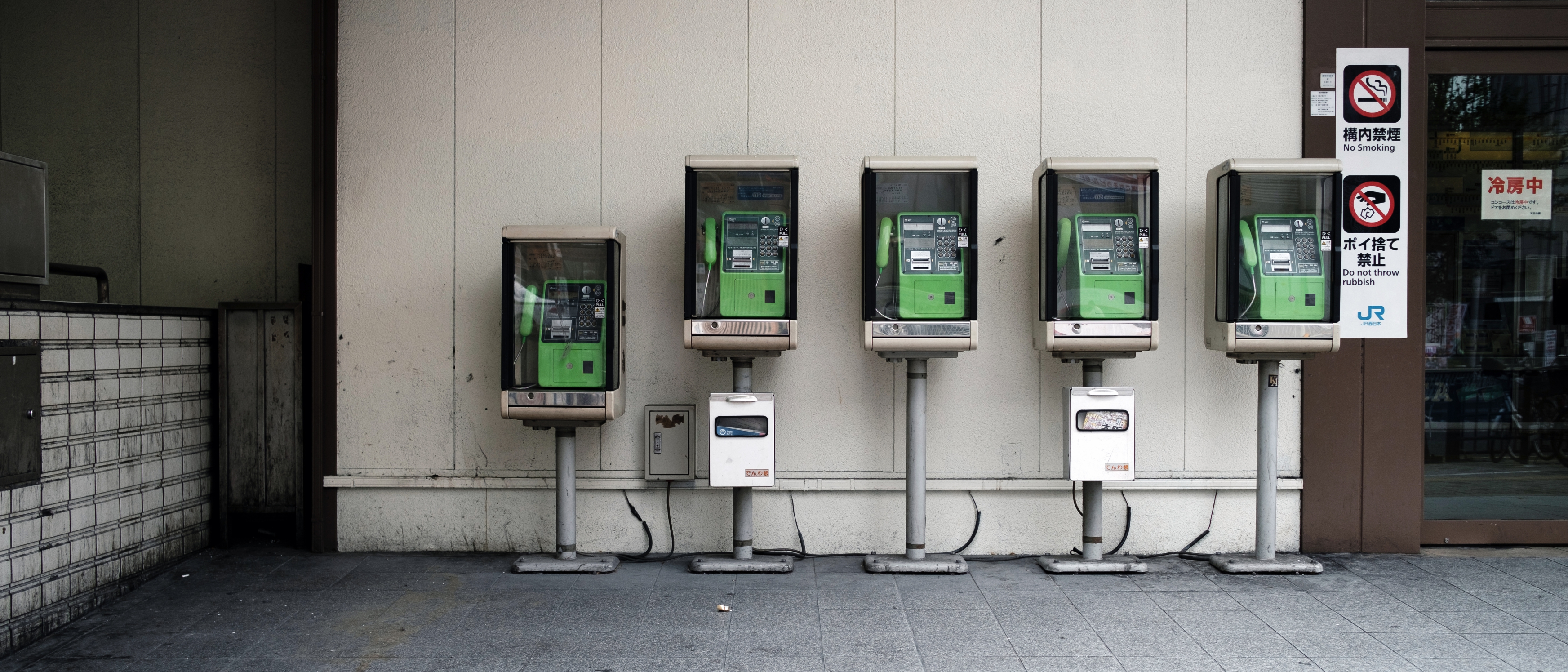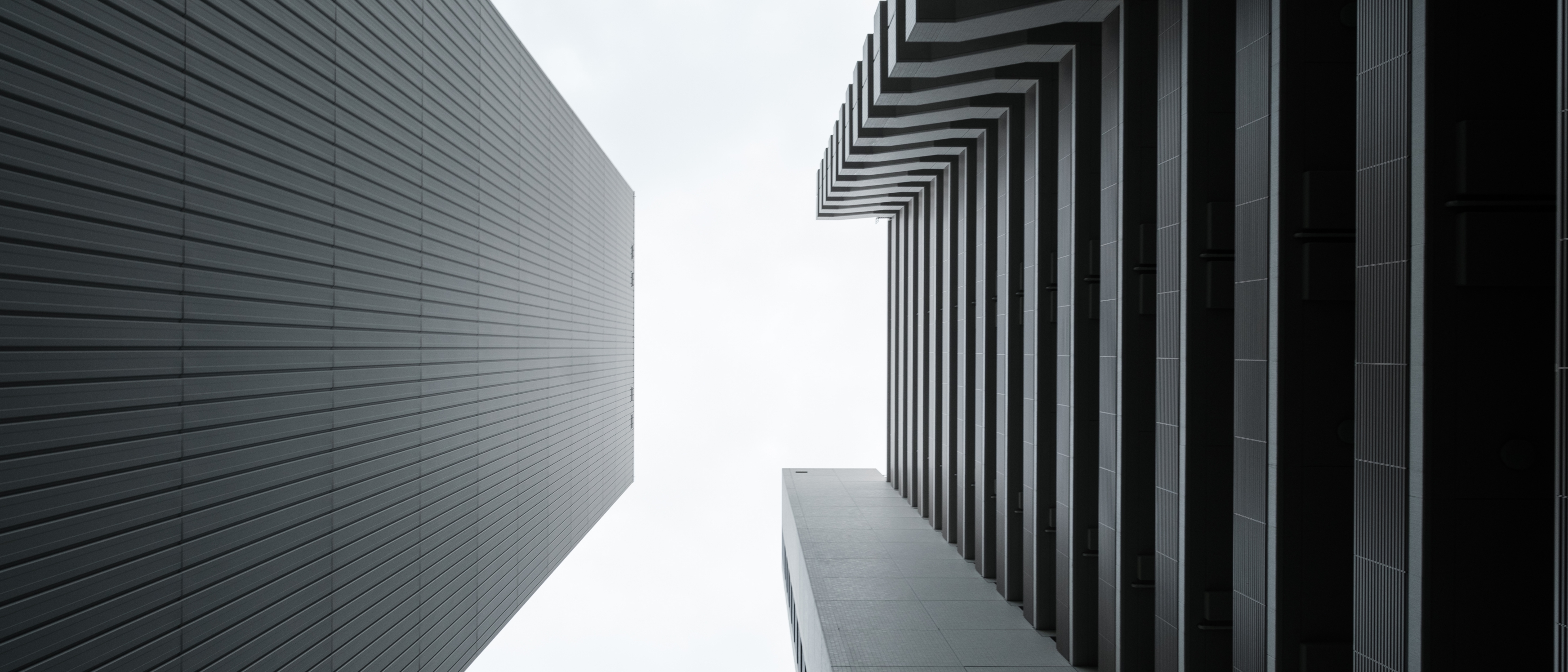To crop or not to crop, that is the question. I’ve heard all the arguments for and against cropping. Many photographers feel it’s cheating, trying to ‘fix’ a photo while editing. If that’s not how you saw it originally, you shouldn’t misrepresent the image by changing it via cropping. These ones often feel that shooting in the native aspect ratio is ideal for both artistic and technical reasons.I agree that it can become a bad habit to indiscriminately crop your images while editing with absolutely no reason or artistic consideration. However, I do not agree that limiting yourself to the sensor’s native aspect ratio makes you more artistic or a better photographer. In fact, if you see beyond the limits of your tools, it is your artistic obligation to create the image you want to see. For me, I see my photography as a screen shot from within a movie. I’m physically walking inside the movie, and my goal is to capture those pinnacle moments with my camera. The standard 3:2 or 4:3 aspect ratio in most cameras is often limiting for certain images. I need to go wider. How wide? Welcome to the cinematic aspect ratio of 2.39:1
Aspect ratio is the proportional relationship between the width and height of any given image. The 35mm, APS-C and the 1″ sensor gives you a 3:2 or 1.5:1 ratio, meaning the width is 1.5 times wider than it is tall. Most smart phones, point-and-shoots, and the Micro 4/3 system natively shoots in the 4:3 or 1.33:1 ratio, meaning it’s 1.33 times wider than it is tall. For me, these aspect ratios don’t reflect the way I want to see many of my images. We have two eyes and we see the world with binocular vision. The human field of view is approximately 100 deg vertical by 200 deg horizontal, or 2:1 aspect ratio. We see twice as wide compared to the height. The current cinematic standard of 2.40:1 is from the anamorphic standard (from the anamorphic lenses used to widen the aspect ratio of 35mm film) of 2.39:1. If we are to use the current TV and video standard aspect ratio of 16:9 as a reference, the cinematic equivalent works out to approximately 21:9. This 21:9 ratio is very close to what the human eye sees, and why movies in this aspect ratio are visually immersive and appealing.
How much resolution do you actually lose when you crop your current Fujifilm camera to this aspect ratio? The current 24MP X Series cameras shoot natively 6000 x 4000 (multiply the two and you get 24,000,000 or 24 million pixels) or 3:2 aspect ratio. When you crop the image to a 21:9 or 2.39:1 ratio, you still get the 6000 pixels along the horizontal, but you only get 2572 lines on the vertical. 6000 x 2572 gives you 15,432,000 million pixels, or approximately a 15.4 MP image. Compare that to the previous X-Trans II sensor with a 16 MP image (4896 x 3264), you’re getting similar resolution. As a side point, when uploading my images for this review, I still have to reduce my resolution further to 3488 x 1495. When you crop you do lose resolution along the vertical, but considering most of use still view our images and videos at 1080, 1440 or 1600 lines, you’re not going to notice the difference. In fact, the majority of the new ultra wide monitors are in the 21:9 aspect ratio with resolutions of either 1080 or 1440. Either way, what you lose in resolution you will gain back in a more visually immersive and cinematic experience.
Am I advocating every image be cropped to this 21:9 or 2.39:1 aspect ratio? Of course not. You have to think about the image itself, for which platform, and how it will be consumed or viewed. For Instagram, I prefer to post my images in portrait mode with the 4:5 aspect ratio (1080 x 1350 resolution or 1:1.25 ratio). For YouTube, videos and stills look great at 16:9 (although some are now taking advantage of the cinematic ratio of 21:9). How you decide to present your images is completely up to you. Instead of limiting your images to the native aspect ratio of your camera’s sensor, why not visualize your image (using the optical viewfinder on the X-Pro and X100 cameras is a great visualization tool) and pre-frame it to fit various aspect ratios. Once you begin your editing process, start separating the images you intended to be wider and create separate folders (21:9, 16:9, 3:2, etc.). You may be surprised how some images that looked average in the standard aspect ratio end up looking spectacular when cropped to another aspect ratio. Another tip is applying the Golden Ratio overlay in Lightroom to help you crop beyond the Rule of Thirds overlay as your standard compositional guide (from crop mode, hit ‘O’ to scroll through all the overlays until you find the Golden Ratio, then shift+O to scroll through the various orientations).
My final thoughts about cropping? Give it a try. Don’t be limited by the native sensor aspect ratio of your camera. Pre-visualize the image in the intended aspect ratio, then compose accordingly. Yes, shoot in RAW and capture your image by using the entire sensor; but while editing and processing your images, use the extra space to reframe your image and crop to your desired aspect ratio, whatever it is. Yes it can be over used if done with no forethought, so think about how certain aspect ratios can enhance your images. For me, it’s often about having a cinematic feel. When I see an image unfolding in front of me, I start imagining I’m physically walking inside one of my favourite movies (Lost in Translation while in Tokyo and Chungking Express while in Hong Kong). I ignore what’s below and above the centre of my frame, I carefully look at all the lines (both real and imagined) within my frame, and then wait for the right moment. Click, click. Happy shooting.


